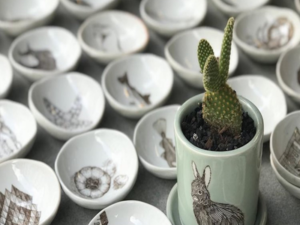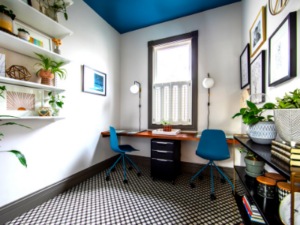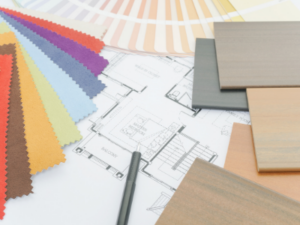How to Tap into Nature’s Restorative Powers in Your Home
September 22, 2020
Growing up, the only plant in our home was an aloe plant, perched on the kitchen window sill. It was more than just décor; it was a reliable source of comfort. Sunburns and kitchen burns alike never stood a chance against the aloe’s healing qualities. As an interior designer, I’m especially intrigued by plants and their ability to provide peaceful solace (and sometimes medicinal aid) in our everyday lives.
The History of Plant Power
Plants have wielded emotional influence on humans since ancient times, with myths like that of Adonis and the Anemone flower, showcasing just one origin story of their symbolic importance.
Throughout history, we’ve used gifting plants as a subtle yet powerful form of communication. This evolved into the language of floriography during the Victorian era, and some of us still use this language today. Red roses for true love, white roses for purity, yellow roses for friendship, and orange for passion.
To put it simply: Plants are symbolically intertwined with the human experience.
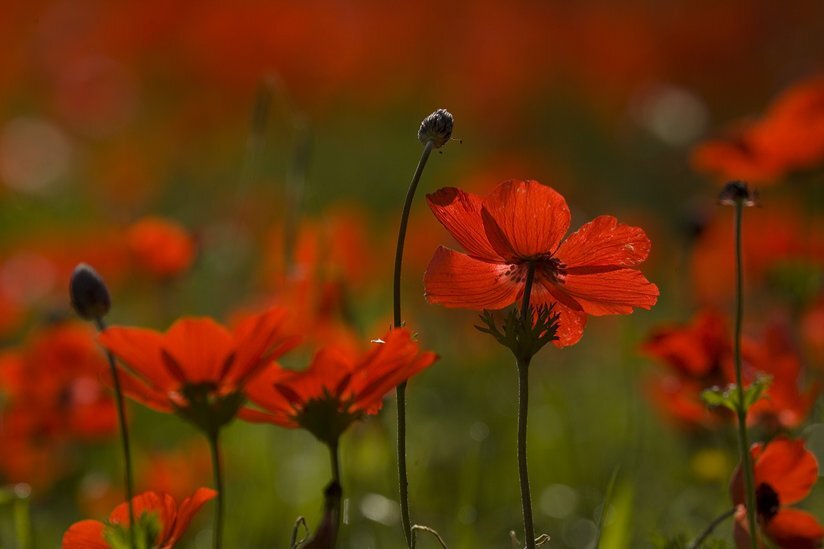
Red Anemones
It’s More Than Plant Owning; It’s Companionship
As inherently emotional creatures, we seek relationships with plants even unintentionally. We seek their presence in both times of mourning and celebration. I’ve often wondered about this:
How can a flower decorate a space for mourning at a funeral but create a space of celebration at a wedding? Maybe it’s as simple as what Vincent Van Gogh once said, “How right it is to love flowers and the greenery of pines and ivy and hawthorn hedges: they have been with us from the very beginning.”
Plants don’t exist among us; we exist among plants. No wonder we want to bring them from the outdoors into our homes. They’re our oldest companions.
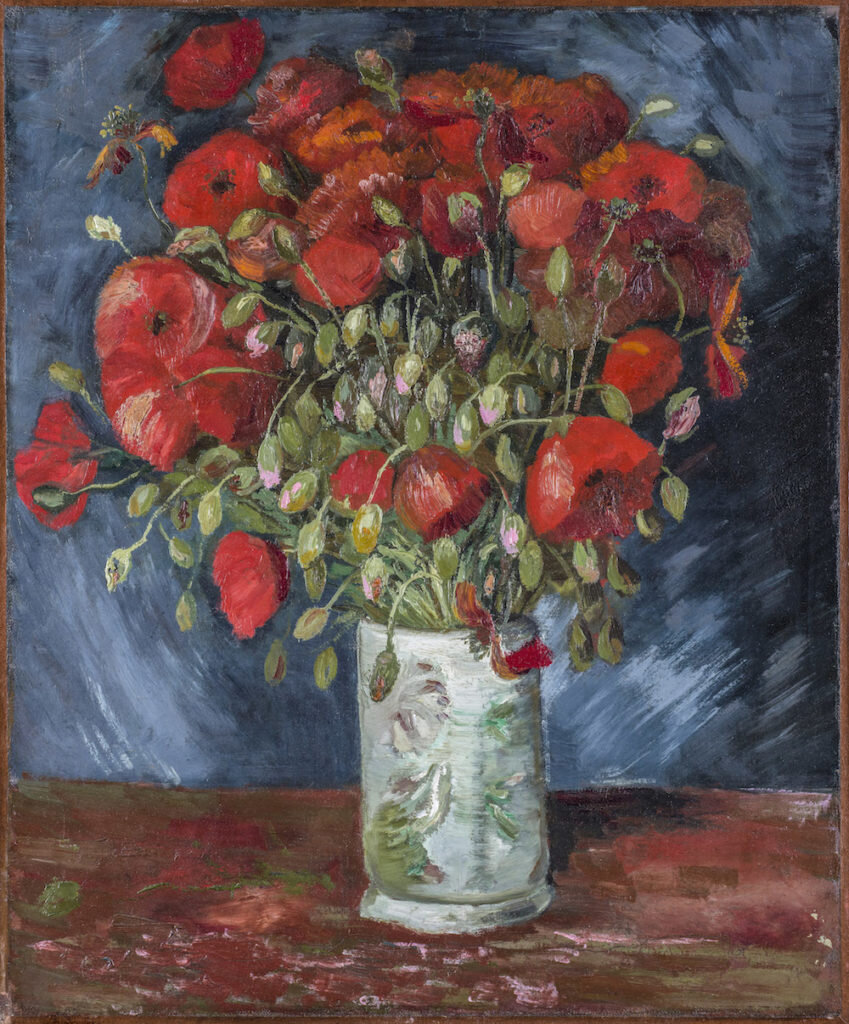
Vase with Poppies by Van Gogh (c. 1886)
Plant Care is Self-Care
For many, caring for plants is more than just a hobby; it’s a form of self-care and meditation. Whether you love the way houseplants bring fresh air into your home or you simply want to nurture something into flourishing, plants play a vital role in shaping our sense of home and well-being.
